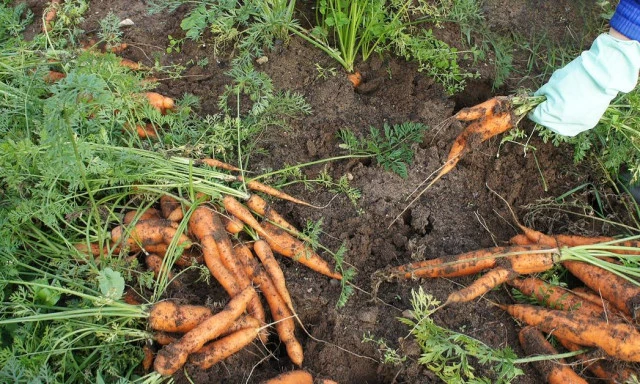What sort of soil types do you have? If you know what the soil is like in your garden this will help you choose the best plants to grow. You will often find the soil type/s suitable for your plant on the label of the plant, or you can ask your garden centre or nursery for advice on which plants would suit your garden soil type.
How to Identify Your Soil Types
Sandy Soil
This is light soil with large particles and is easy to dig over. It will feel gritty to the touch and is often acidic.
Sandy soil is quick to warm up and dry out in spring but is often low in nutrients and is consequently known as ‘hungry soil’ in need of organic material and nutrients.
Peaty Soil
Peaty soil is dark in colour from the high level of organic matter. It has good water-retention properties and can be used in pots and hanging baskets.
Peat is often used as a soil improver which helps bedding plants. Adding peat has become contentious as it is not a renewable product.
Clay Soil
Clay soils are heavy and sticky making them difficult to dig and turn over. The soil can be moulded in the hand and is smoother to the touch.
Clay soils stay wet and cold in winter and take longer to warm up and dry out in spring. In summer they may dry and become baked hard.
Clay soils are surprisingly high in nutrients and organic matter, but the clay may bind the nutrients and waterlogged soil may make it hard for plants to access the nutrient.
Chalky Soil
Chalk is a pale mineral and soils high in chalk will be pale and often stony and well-draining.
The soil is usually alkaline and suitable for ericaceous plants such as rhododendrons, azaleas, camelias and heathers.
Silt Soil
Silt soil is a light, fertile and well-draining soil but still has good moisture retention properties. The texture may be smooth and the soil easy to dig and turn over, but it can easily be compacted and lose its free drainage.
Loam Soil
Loams are mix of sand, silt and clay. This means they have a good combination of properties for gardening; fertility, good drainage and water retention, warms up in spring and won’t dry out too quickly in summer.
Go and check your soil types. Remember they may be different in different parts of your garden.
David Brittain
Kiwicare


